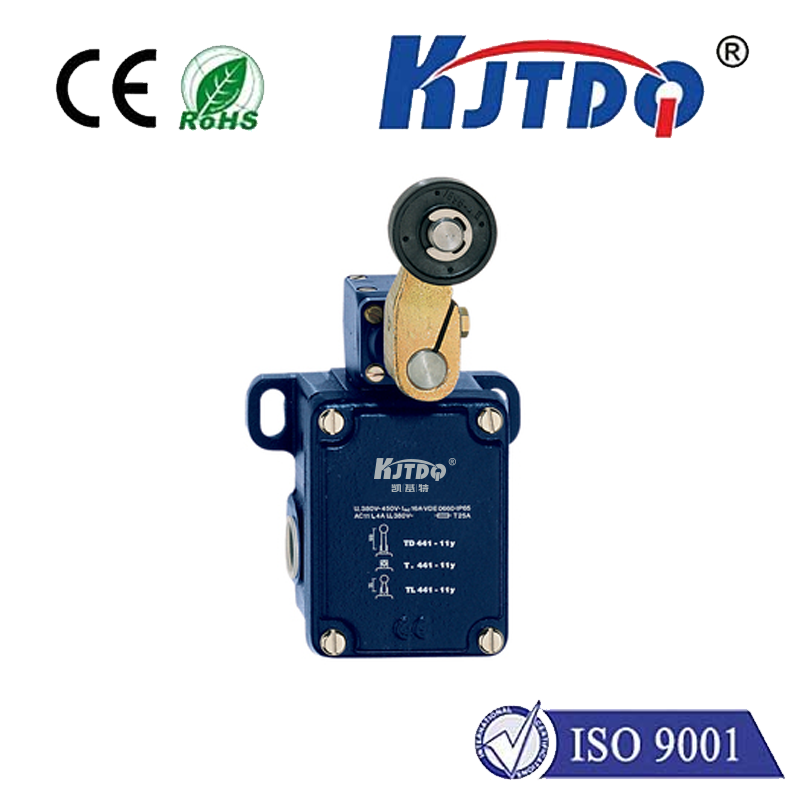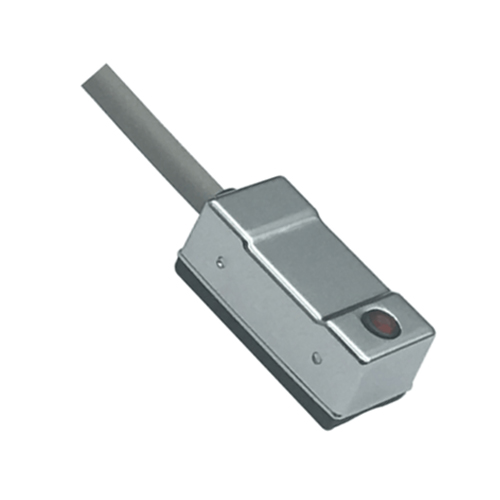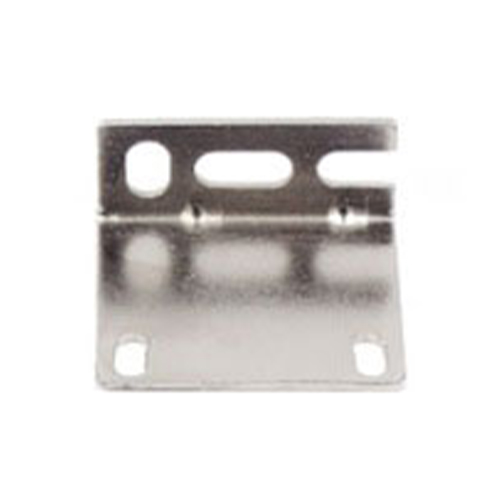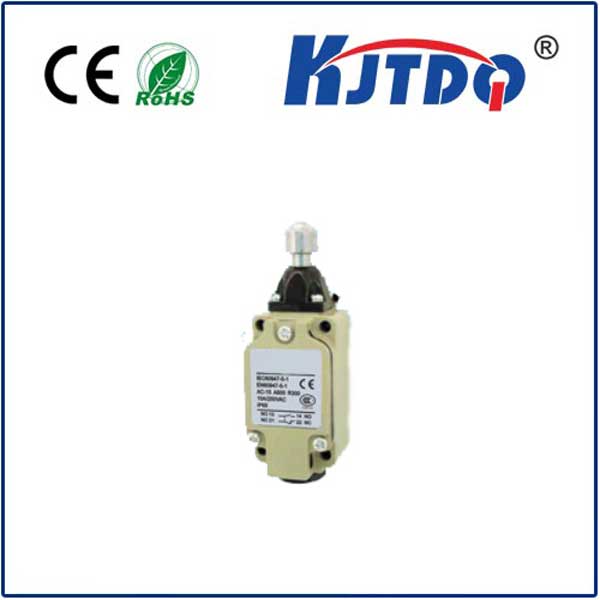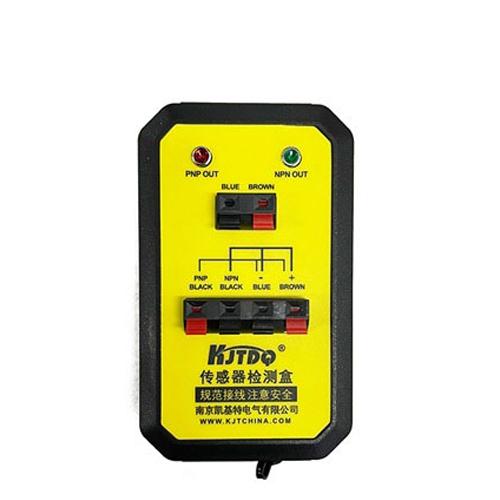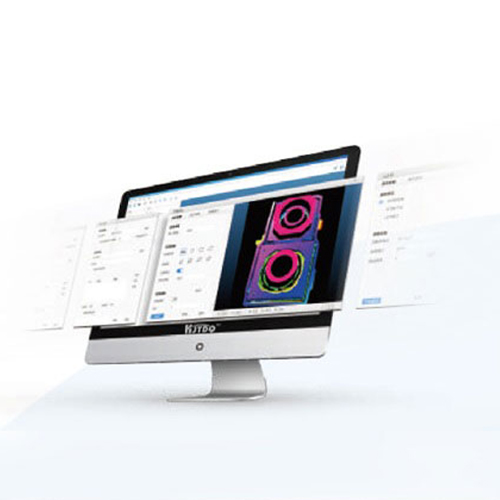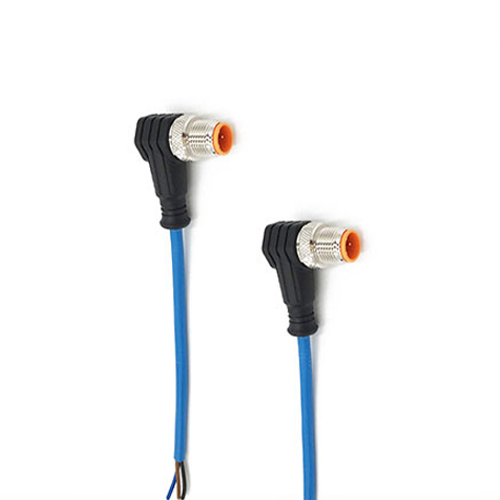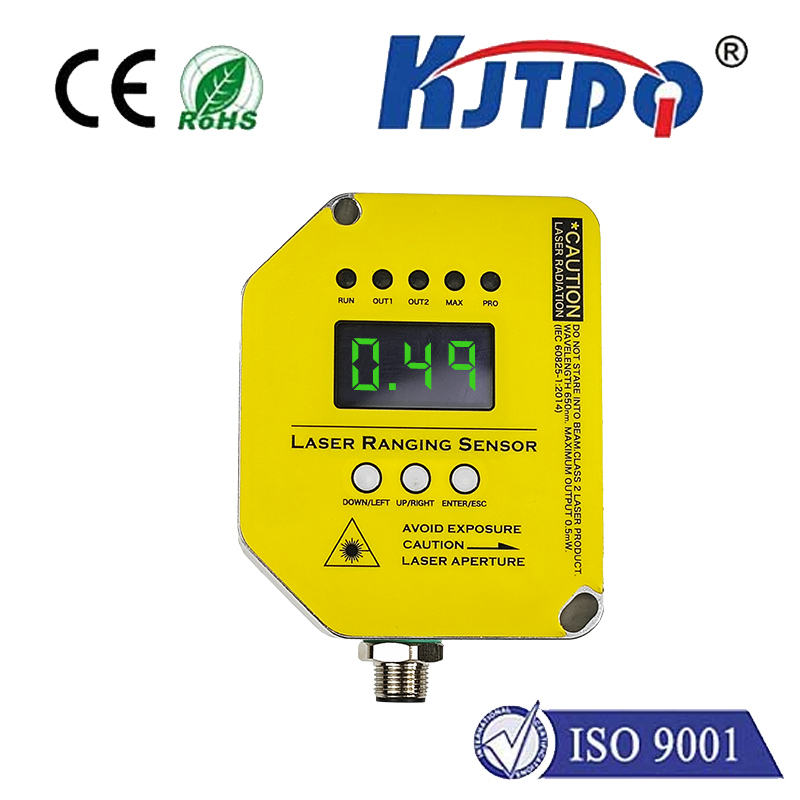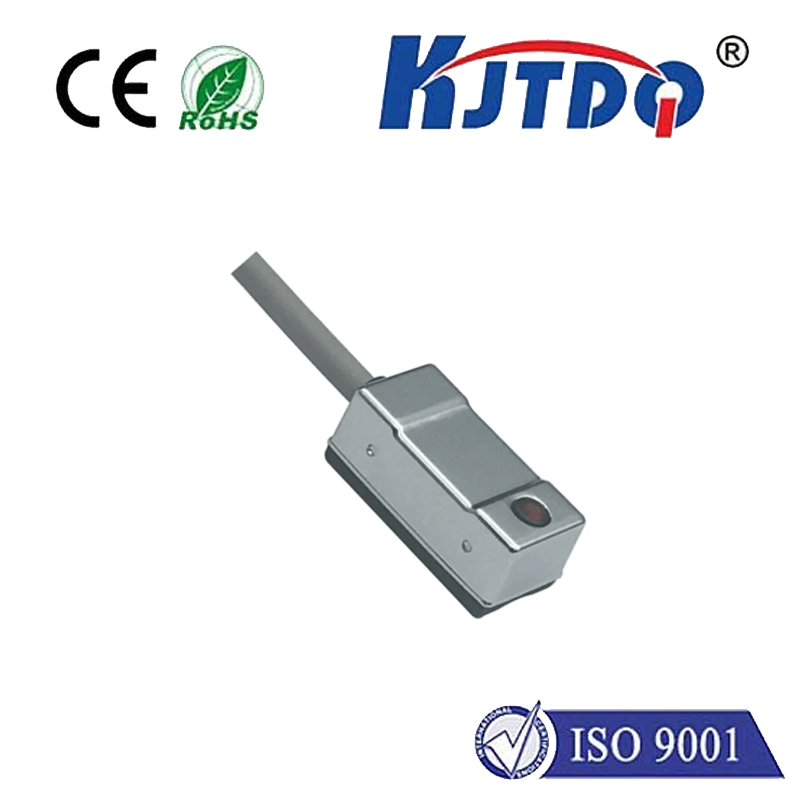

check

check

check

check

check

check

check

check

check

check
In today's world, proximity type is a term that has become increasingly important in modern technology. As we continue to rely more and more on our electronic devices, understanding the impact of proximity type is crucial for both personal and professional use.
At its core, proximity type refers to the physical distance between two devices or objects. This concept plays a significant role in how we interact with our technology, from the way we use our smartphones to the way we design our homes. In this article, we will explore the importance of proximity type in various aspects of modern life.
Firstly, let's delve into the significance of proximity type in the context of smartphones. With the rise of mobile devices, people have come to rely heavily on their phones for communication, entertainment, and work. Proximity type plays a critical role in determining the convenience and effectiveness of these functions. For example, if your phone is constantly out of reach or requires multiple steps to access, it can negatively impact your daily tasks and overall user experience.
Moving on to the realm of home automation, proximity type also plays a vital role in creating seamless connectivity between devices. With smart home systems becoming more prevalent, it's essential to understand the relationship between proximity and functionality. By optimizing device placement and establishing clear boundaries, homeowners can enjoy a more efficient and convenient living environment.
Proximity type also has implications for industries such as retail and healthcare. In retail settings, store layout and product positioning can be carefully designed to encourage customers to engage with certain items based on their proximity to other popular items. Meanwhile, in healthcare settings, devices such as medical scanners must be placed strategically to ensure accurate readings while minimizing patient discomfort.
Finally, it's worth considering the psychological effects of proximity type. Research suggests that humans have an innate desire to surround themselves with people and objects they are familiar with, often referred to as the "proximity bias" or "hugging effect." This phenomenon can be observed in various contexts, from social interactions to marketing strategies. Therefore, understanding the influence of proximity type on human behavior is crucial for businesses and marketers seeking to engage with consumers effectively.
In conclusion, proximity type has emerged as a critical concept in modern technology, impacting various aspects of our lives from smartphone usage to home automation. By comprehending the importance of proximity type and implementing effective strategies to optimize device placement and user experience, individuals and businesses alike can reap the benefits of this powerful tool.
